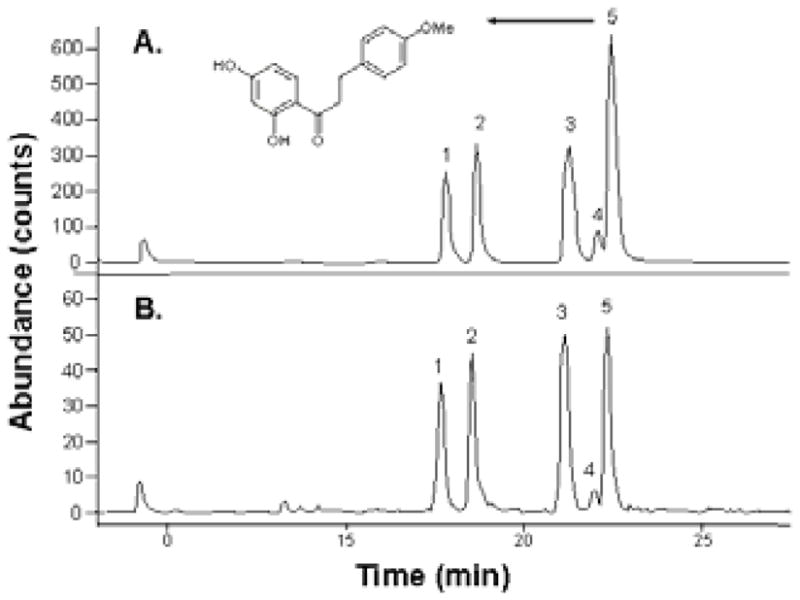Figure 2. Bioaccessibility of DMC-2 after TIM-1 digestion of PMI-5011, Gelucire-5011, or Nutrasorb-5011.

PMI-5011 (134.5 mg), Gelucire-5011 (403.5 mg) or Nutrasorb-5011 (2.0 g) delivering equivalent amounts of DMC-2 (162 μg) was fed to TIM-1 under fasted state conditions. Three independent experiments were performed for each treatment. DMC-2 was quantified by LC-MS in samples collected from jejunum, ileum and ileal efflux at 1, 2, 3, and 4 h after start of digestion. DMC-2 bioaccessibility (BA) as a percentage of input was determined in jejunum (black bars) and ileum (grey bars) samples at all time points and represented total BA. DMC-2 in the ileal efflux (white bars) as a percentage of input was also measured and represents the percentage of DMC-2 that could be delivered to the colon. Top: For each treatment, the mean BA of DMC-2 (as % of input) for each compartment and standard deviation (SD) are presented as stacked bar graphs for each time point. PMI-5011, Gelucire-5011, and Nutrasorb-5011 were compared in terms of the % of DMC-2 measured at each time point in each compartment. Absence of letters (a, b) or same letters indicates no difference while different letter subscripts indicate significant differences (ANOVA, Tukey post hoc test, p< 0.05). Bottom: Mean BA of DMC-2 (as % of input) over the 4 h period for each compartment. PMI-5011, Gelucire-5011, and Nutrasorb-5011 were compared in terms of the % of DMC-2 measured for each compartment. Absence of letters (a, b) or same letters indicates no difference while different letter subscripts indicate significant differences (ANOVA, Tukey post hoc test, p< 0.05).
